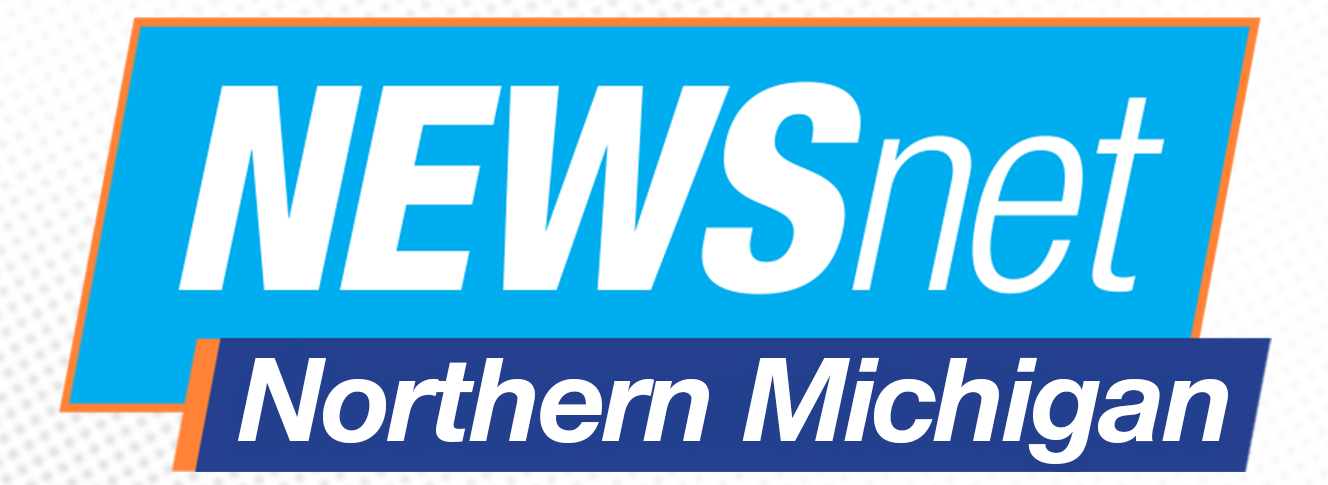Medicare and Medicaid play a vital role in ensuring low-income or underprivileged patients can access the care they require. However, their complicated coding systems obfuscate healthcare price transparency for service providers and patients. Introducing private payers and medical billing modifiers into the equation further complicates fee schedules in healthcare settings.
PracticeForces, a reputable medical billing service, helps practitioners navigate ever-shifting fee schedules in healthcare settings.
What Is a Fee Schedule?
Medicare and Medicaid use fee schedules to advertise the maximum Medicaid or Medicare reimbursement rates they’ll pay network providers. Similarly, private insurance fee schedules list what the company pays for a given medical service. The organizations design these schedules to help practitioners know what to expect as far as payment for the services provided to patients under different coverage plans.
How Institutional and Professional Billing Differ
Billing codes and fee schedules differ based on the service provider. Institutional venues, like hospitals, rehab centers, and other facilities, focus on in-patient services. Professional settings, such as individual practices and therapeutic centers, provide outpatient and appointment-based services.
The diverse variety of billing codes can further complicate practice processes like making billing claims and negotiating healthcare contracts. ICD, CPT, and HCPCS codes and fees are some of the most influential examples. They get regular updates and can make billing management and revenue maintenance challenging for practices.
Avoiding Confusion Despite Evolving Fee Schedules in Healthcare Settings
How can providers streamline sophisticated fee schedules in healthcare settings? Practice staff already have so much to manage within their daily duties. However, practitioners and clinicians can find their footing and reshape their facilities’ infrastructures by:
- Exploring cost-based vs. charge-based pricing models: Practices that use cost-based prices base their rates on the resources required to provide services. A charge-based rate depends on what patients or payers will offer upfront.
- Updating and educating staff on regulation and code changes: Codes, regulations, and compliance requirements constantly shift. All staff members responsible for billing should know and understand how these shifts will reflect in the payment process.
- Reducing administrative costs: Third-party billing services solely focus on billing and coding aspects of administrative duties. Purchasing their services can reduce fluctuating costs that go toward in-house administrators.
- Eliminating billing errors where possible: Software solutions automatically update to reflect changes and readily detect errors. Implementing these tools within a practice setting prevents fee schedule and coding confusion.
Implementing Billing Solutions Into Practice Operations
Opportunities to improve and streamline fee schedules in healthcare settings continue multiplying despite perceived setbacks. Practices can comfortably expand their remote patient monitoring services while keeping their claim submissions error-free with billing-focused solutions.
Contact PracticeForces at 727-270-8511 to learn about their scalable services for diverse healthcare environments.















